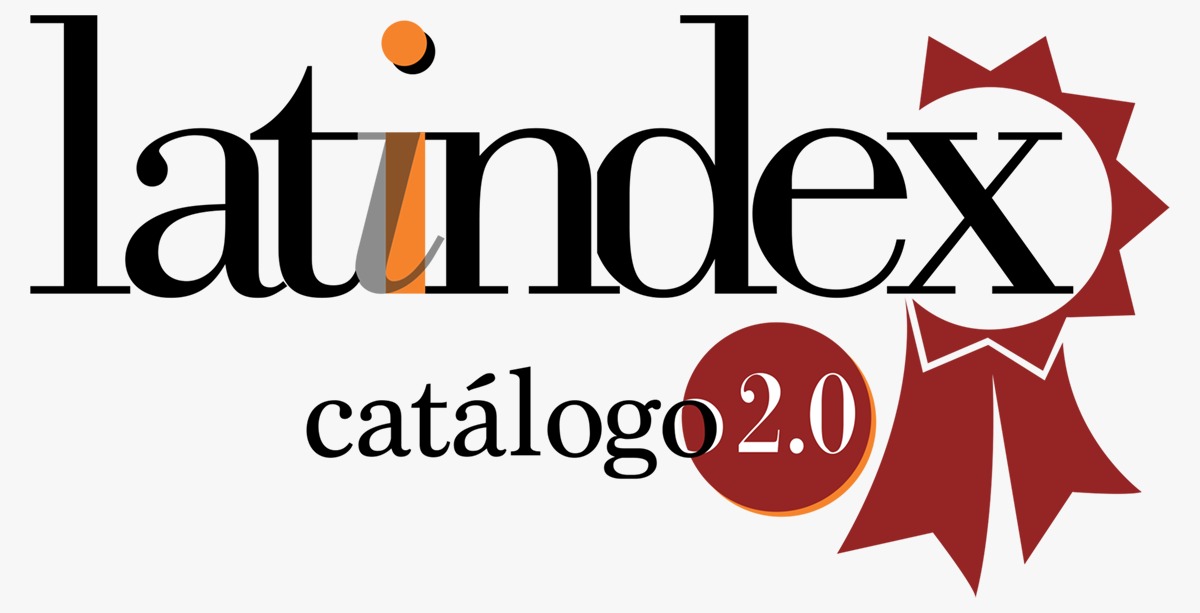Proposal for a pedestrian circuit in the urban area of the city of Calceta
Keywords:
pedestrian circulation, mobility, public spaces, urban furnitureAbstract
The study area is located in the urban area of the city of Calceta, where there are commercial, administrative and financial areas, within which vehicular and pedestrian mobility problems are observed, this sector has an ascending tourist and economic potential that does not it has been used correctly; however, there is knowledge of dissatisfaction of the population regarding the problems of the sector and the priority needs of the place, which allowed delimiting the research problem, as well as setting the objective of obtaining information from the population about the need to carry out a intervention to improve pedestrian mobility in the urban area of the city of Calceta. A survey was carried out among residents of the city, taking into account the accessibility standards for people with disabilities and reduced mobility to the physical environment, pedestrian circulation routes; Obtaining significant results related to the need to integrate the existing public spaces within the intervention area, improve the environments and implement urban furniture to beautify the circuit of the intervened area, the expansion of the sidewalks to give priority to pedestrian circulation, which it favored having elements that contribute to making proposals to improve the image of the city and provide a better quality of life to its inhabitants.
Downloads
References
Alguacil. (2008). Espacio público y espacio político. La ciudad como el lugar para las estrategias de participación. Polis, 7(20).
Araque, A., Gutierrez, J. y Quenguan, L. (2017). El espacio público en la ciudad: Una aproximación desde los precios hedónicos. Sociedad y Economía, (33), 77-98.
Berroeta, H. y Vidal, T. (2012). La noción de espacio público y la configuración de la ciudad: fundamentos para los relatos de pérdida, civilidad y disputa. Polis, 11(31).
Campos, G. y Brenna, J. (2015). Repensando el espacio público social como un bien común urbano. Argumentos, 28(77).
Censo de Población y Vivienda. (2010). http://app.sni.gob.ec/sni-link/sni/Portal%20SNI%202014/FICHAS%20F/1302_BOLIVAR_MANABI.pdf
Gamboa Graus, M. E. (2023). Sample size calculation in scientific research. Dilemas Contemporáneos: Educación, Política y Valores. 11(1). https://dilemascontemporaneoseducacionpoliticayvalores.com/index.php/dilemas/article/view/3680/3623
Oliveira, E., García, B., Dornelles, S., Azevedo, S., De Oliveira, M. y Maciel, K. (2014). Barreras y facilitadores arquitectónicos: un desafío para la independencia funcional. Index Enferm., 23(3).
PDOT. GAD-BOLIVAR, 2.-2. (2015-2026).
Talavera, R. (2015). Entornos de movilidad peatonal: una revisión de enfoques, factores y condicionantes. EURE (Santiago), 41(123).
Trebilcock, M. (2011). Percepción de barreras a la incorporación de criterios de eficiencia energética en las edificaciones. Revista de la Construcción, 10(1).
Downloads
Published
Versions
- 2023-11-06 (2)
- 2023-10-24 (1)
How to Cite
Conference Proceedings Volume
Section
ARK
License
Copyright (c) 2023 Pablo Henry García Delgado, Marcos Rigoberto Gallo Zambrano, Juan Ramón Cedeño Candela

This work is licensed under a Creative Commons Attribution 4.0 International License.
Usted es libre de:
- Compartir — copiar y redistribuir el material en cualquier medio o formato
- Adaptar — remezclar, transformar y construir a partir del material para cualquier propósito, incluso comercialmente.
Bajo los siguientes términos:
- Atribución — Usted debe dar crédito de manera adecuada, brindar un enlace a la licencia, e indicar si se han realizado cambios. Puede hacerlo en cualquier forma razonable, pero no de forma tal que sugiera que usted o su uso tienen el apoyo de la licenciante.
- No hay restricciones adicionales — No puede aplicar términos legales ni medidas tecnológicas que restrinjan legalmente a otras a hacer cualquier uso permitido por la licencia.













































